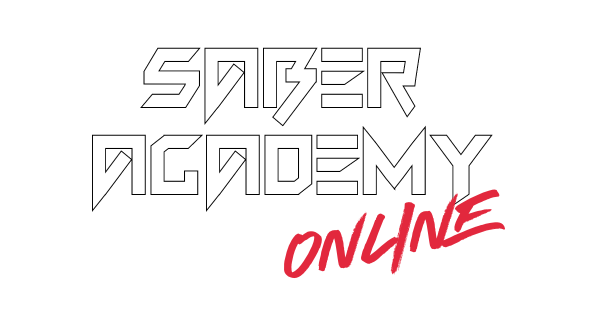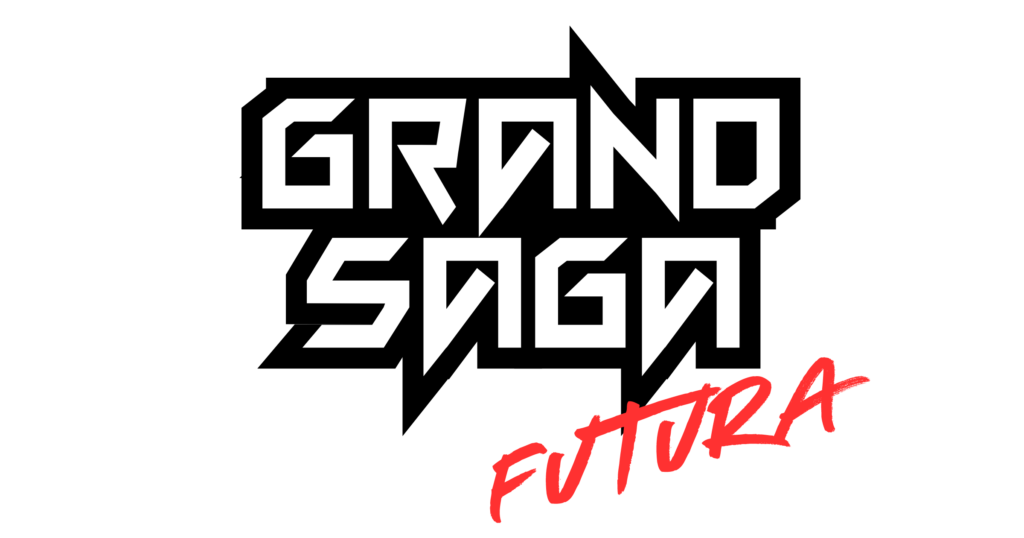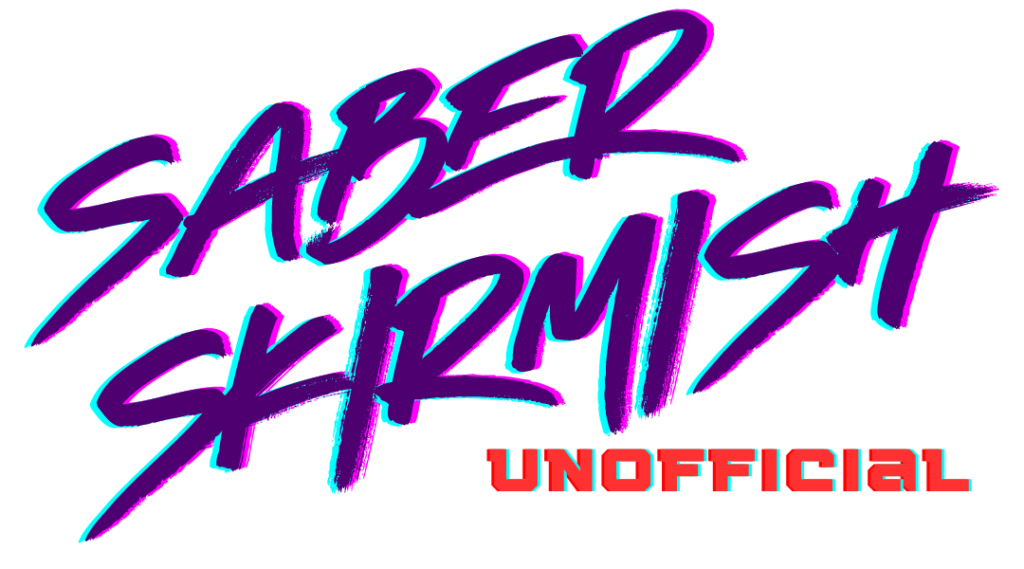This is the Way: From Aikido to Lightsaber Combat – A Martial Artist’s Journey
The first time I saw two people dueling with lightsabers, I must admit, I thought it was pretty cringe. As someone who had spent years studying Aikido and Kenjutsu, the movements looked wild, undisciplined – everything that traditional martial arts weren’t. Dressed in full cosplay and performing for a small crowd, the two lightsaber enthusiasts seemed more interested in acting out their favorite Star Wars scenes rather than demonstrating any real martial skill. Yet I still couldn’t help but wonder whether lightsaber combat could work as a contemporary martial art.
More than anything else, my journey in Aikido has taught me to look beyond surface appearances. For instance, Aikido’s flowing movements and philosophical depth have shown me how combat techniques can serve as a vehicle for deeper principles. In Aikido, we practice techniques not just as a form of self-defense, but as expressions of universal principles like harmony and centeredness. The sword curriculum, along with the jo (staff) and tanto (knife) work, also demonstrate how these principles can manifest across different contexts.
Perhaps what caught my attention most about those flowing 2 foot glow sticks was how their movements seemed perfectly suited for Aikido training – at least in theory. Aikido also seems like the perfect self-defence for a more civilized age. The circular techniques, the blend of weapon and empty-hand movements, the emphasis on harmony and redirection – these principles align perfectly with the kind of combat we see in Star Wars. When Obi-Wan Kenobi dispatches several thugs in a dark alley in Mos Eisley, I see echoes of the same principles we practice in tanto-dori (knife defense). When Ahsoka Tano flows between opponents with her dual sabers, the movements mirror our own exercises in maintaining center while dealing with multiple attackers.
In 2019, the French Fencing Federation’s recognition of lightsaber combat as a competitive discipline has marked a kind of turning point in the history of people wielding long cardboard tubes as pretend lightsabers. Here, a legitimate sporting organisation has fully embraced what many had dismissed as mere fantasy. Their approach has been methodical and practical – they developed specific rules, safety standards, and scoring systems. They treated lightsaber combat not as a novelty but as a legitimate extension of traditional fencing principles.
This legitimisation of lightsaber combat has led to a fascinating flourishing of different schools and approaches. For instance, Ludosport developed an unarmoured form emphasising dynamic spinning techniques and breakfalls, whereas the Saber Legion incorporate armour and draw heavily from historical European martial arts like German longsword and rapier techniques. Each school brings its own interpretation and emphasis, yet I couldn’t help but feel something was still missing. What about the graceful blending movements and weapons disarms so central to Aikido? What about other techniques such as joint locks, striking or throws? Surely there was room for more than just blade-on-blade contact?
Aikido’s traditional resistance to competition presents another significant obstacle. Without active resistance and pressure testing, how could we develop lightsaber techniques into something practical? Something that looks more than just a choreographed fight scene? This question has haunted Aikido for generations, perhaps most notably in the work of Kenji Tomiki, who sought to introduce competitive elements to the art. Tomiki Sensei, having trained under both Jigoro Kano (Judo’s founder) and Morihei Ueshiba (Aikido’s founder), believed that competitive practice could enhance Aikido training without compromising its spiritual essence.
The results of Tomiki’s experiment were mixed. While his system produced skilled practitioners who could apply their techniques under pressure, competitive Tomiki Aikido often looks more like a poor man’s Judo rather than the flowing, graceful art most associate with Aikido. In some cases, the competition format also seemed to favor certain techniques while discarding others, leading to a narrowing of the art’s technical repertoire. If Aikido and lightsaber combat were to come together, it seems to me that both a competitive and exhibition style format would be required.
Looking further afield for some kind of ‘Aikido-Lightsaber Combat Hybrid’ has brought me to gekiken. This might not be a mere coincidence either! In the history of Japanese swordsmanship, gekiken represents a sort of middle ground between the battlefield budo of the samurai and the sport of Kendo. It emerged during a time when traditional sword schools needed to adapt to a changing world while preserving their essential character. The development of protective gear and training weapons allowed for full-contact practice while maintaining much of the technical diversity of traditional sword arts.
What makes gekiken particularly relevant to modern lightsaber combat is how it handled the transition from battlefield art to practice method. Unlike modern kendo, which evolved into a highly specialised sport with a narrow technical focus, gekiken preserved a broader range of techniques, including disarms, grapples, throws and locks. Different schools also maintained their unique approaches while sharing a common framework for practice. Even today, when kendoka engage in informal gekiken-style sparring, you can see glimpses of this older, more diverse approach to swordsmanship.
The parallels to our current situation are striking. As with gekiken, we’re seeing a flourishing of different interpretations and styles. Perhaps due to the nature of the blade, Lightsaber combat offers a meeting ground for different sword styles to come together and experiment whilst retaining their unique training styles and techniques. The opportunities for rediscovering or recontextualising old techniques through the lens of the lightsaber is also very exciting. More poignantly, we also find ourselves at a turning point where young people have lost interest and enthusiasm for the traditional martial arts forms. As gekiken served as a transitional form between battlefield swordsmanship and modern kendo, perhaps we also need a transitional form between traditional martial arts and lightsaber combat.
This brings us to the elephant in the room – the role-playing aspect of lightsaber combat. Many traditional martial artists dismiss it as mere LARPing (Live Action Role Playing). But this criticism ignores an uncomfortable truth about traditional martial arts practice. When we don traditional Japanese clothing, use Japanese terminology, and recreate training methods from a culture far removed from our own, aren’t we engaging in our own form of role-play? The key difference lies not in whether we’re “playing pretend” but in what we’re trying to achieve through that practice.
The most dedicated traditional martial artists look beyond the external forms to the underlying principles. They pressure test their techniques, study the science behind their movements, and use the practice as a vehicle for personal development. This same approach could be applied to lightsaber combat. The fantasy elements might draw people in, but the training itself could be grounded in solid martial principles.
What’s emerging from my exploration is not a single answer but a set of intriguing possibilities. Perhaps, like gekiken before it, lightsaber combat doesn’t need to be just one thing. It could encompass both competitive and exhibition forms. The competitive aspect might draw from gekiken’s example of controlled but dynamic sparring, while the exhibition form might incorporate Aikido’s flowing movements and philosophical depth. Different schools could maintain their unique approaches while sharing common safety standards and training methods.
This brings us back to that initial sense of disconnection I felt watching those early lightsaber practitioners. The problem wasn’t that they were playing at being Jedi – it was that they lacked the framework to transform that play into genuine practice. By drawing on the examples of aikido, gekiken, and even modern sports fencing, we might develop that framework.
But this raises deeper questions about the future of martial arts in general. In an age where traditional combat skills have little practical application, what role do martial arts serve? How do we balance preservation of traditional forms with the need to evolve and remain relevant? Can we create new traditions that honour the old while speaking to contemporary practitioners? These questions don’t have easy answers, but exploring them through the lens of lightsaber combat might offer fresh insights into the continuing evolution of martial arts.
After all, isn’t the ability to adapt and evolve while maintaining core principles what martial arts have always been about?







